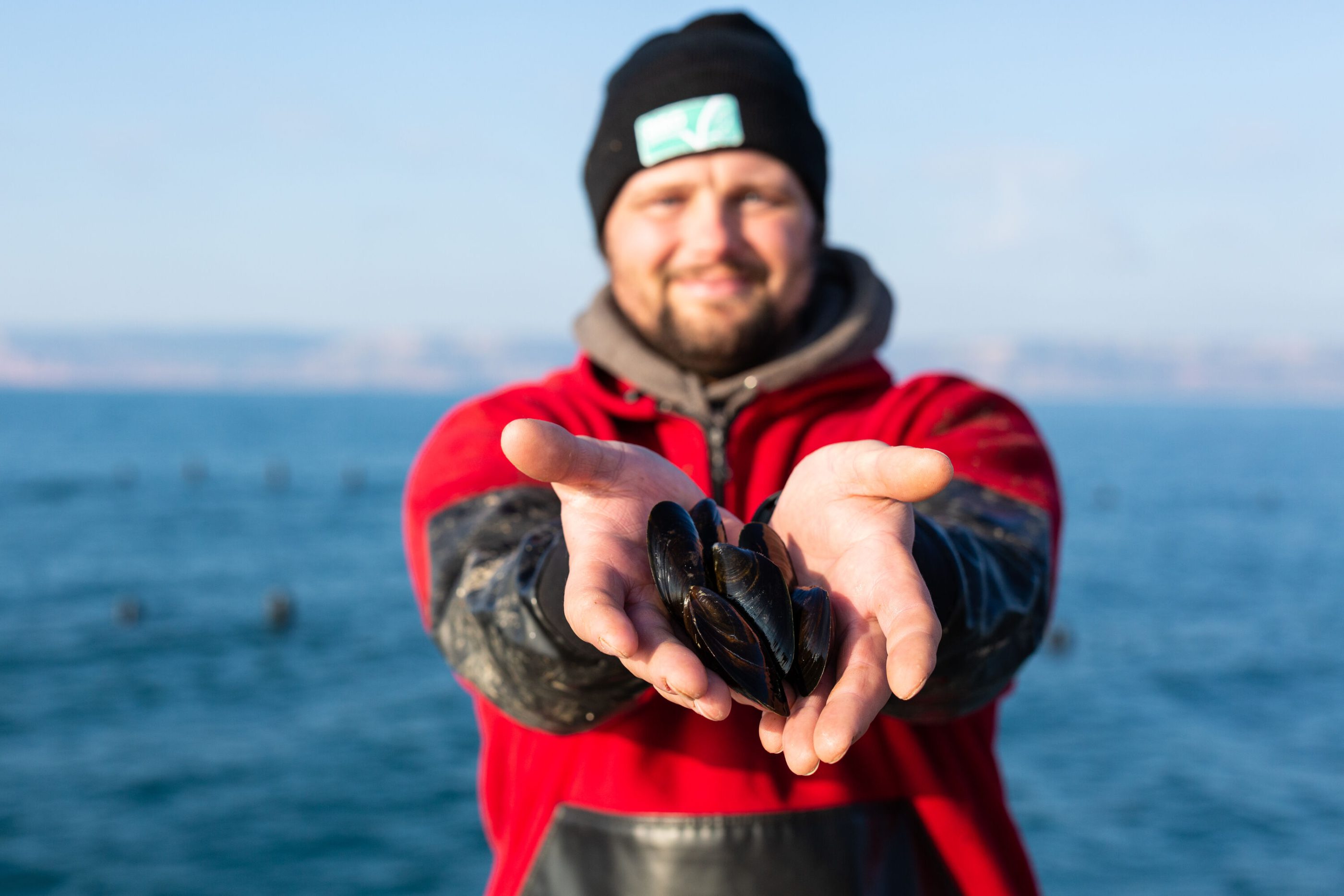Shrimp is a delicious and versatile seafood enjoyed by people worldwide. However, many people are unsure about the black vein running along the back of the shrimp. Is it safe to eat? Does it affect the taste or texture? This guide will answer all your questions about shrimp digestive tracts and help you decide whether to remove them before cooking.
What is the black vein in shrimp?
The black vein in shrimp is actually its digestive tract, specifically the intestine. It runs along the back of the shrimp, from head to tail, and contains waste products from the shrimp’s digestion.
Is it safe to eat shrimp with the digestive tract?
Yes, it is perfectly safe to eat shrimp with the digestive tract intact. The digestive tract does not contain any harmful bacteria or parasites, and it will not make you sick. However, some people find the digestive tract to be unappetizing due to its appearance and slightly gritty texture.
Does removing the digestive tract affect the taste or texture?
Removing the digestive tract will not significantly affect the taste or texture of the shrimp. However, some people believe that deveined shrimp have a slightly cleaner and more delicate flavor.
How to remove the digestive tract
If you choose to remove the digestive tract, it is easiest to do so before cooking. Here are the steps:
- Peel the shrimp. Remove the head and shell of the shrimp, leaving the tail intact if desired.
- Make a shallow cut along the back of the shrimp. Use a sharp knife to make a small incision along the top of the shrimp’s back, where the digestive tract is located.
- Remove the digestive tract. Use the tip of your knife or a small spoon to gently lift the digestive tract out of the shrimp. It should come out in one piece.
- Rinse the shrimp. Rinse the shrimp under cold running water to remove any remaining debris.
- Pat the shrimp dry. Pat the shrimp dry with a paper towel before cooking.
Whether or not to remove the digestive tract from shrimp is a matter of personal preference. It is perfectly safe to eat shrimp with the digestive tract intact, but some people find it to be unappetizing. If you choose to remove it, it is easiest to do so before cooking.
Frequently Asked Questions
What is the difference between the black vein and the white vein in shrimp?
The black vein is the digestive tract, while the white vein is the nerve cord. The nerve cord is located on the underside of the shrimp and is not typically removed.
Is it necessary to devein shrimp for sushi?
It is not necessary to devein shrimp for sushi, but some sushi chefs prefer to do so for aesthetic reasons.
Can I eat frozen shrimp with the digestive tract intact?
Yes, you can eat frozen shrimp with the digestive tract intact. However, it is recommended to thaw the shrimp before removing the digestive tract, as it will be easier to handle.
Do all types of shrimp have a digestive tract?
Yes, all types of shrimp have a digestive tract.
What are the benefits of eating shrimp?
Shrimp is a good source of protein, omega-3 fatty acids, and other nutrients. It is also low in calories and fat.
What are the risks of eating shrimp?
Shrimp can be high in cholesterol, so it is important to eat it in moderation. Some people are also allergic to shrimp.
Conclusion
Why ASC?We set the standard for seafood. If you see the ASC label on pack, you can be sure that your seafood was farmed with care.

CertificationJoin the most recognised certification programme as proof of your responsible farming practices to a global audience.

How To Peel And Devein Prawns By Gordon Ramsay
What is the digestive system of shrimp?
The digestive system of shrimp consists of the alimentary canal and the digestive gland, also called a “hepatopancreas.” The hepatopancreas is a mixture of a pancreas and a liver, and its purpose is to produce enzymes and other compounds that help break down food.
Is shrimp healthy to eat?
Shrimp is very healthy to eat, unless you have an allergy to shellfish. Shrimp is great because it is a low calorie, high protein food that is relatively inexpensive. Shrimp is also very versatile, so there are many recipes out there, meaning that you can eat shrimp multiple times a week each time in a different way. Don’t make shrimp your only protein source, because a healthy diet is also a varied diet.
Is it safe to eat cooked shrimp?
As long as the shrimp is fully cooked, it’s not a food safety concern. That dark line that runs along the outside of shrimp is exactly what you feared: a digestive tube filled with the gritty remnants of the shrimp’s final meals. But, on to the good news! Despite the yuck factor, it’s safe to eat.
What kind of shrimp do you eat?
Warm-water shrimp, in white, brown, or pink, are available cooked or raw. Around 90% of the shrimp you eat come from a farm. They’re raised in ponds on a controlled diet. Fishermen catch wild shrimp in coastal waters. These shrimp make up about 10% of what we eat in the U.S.
